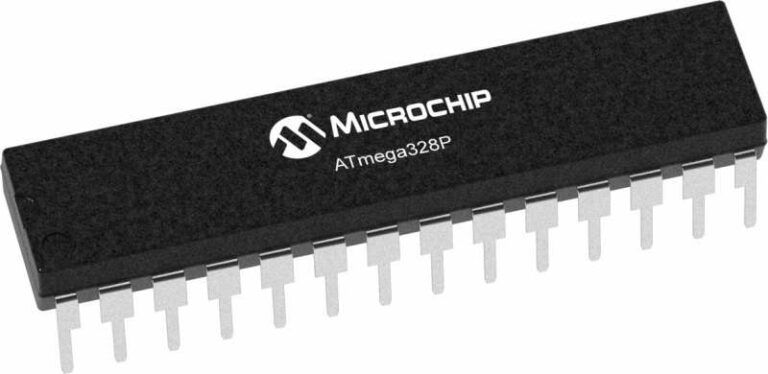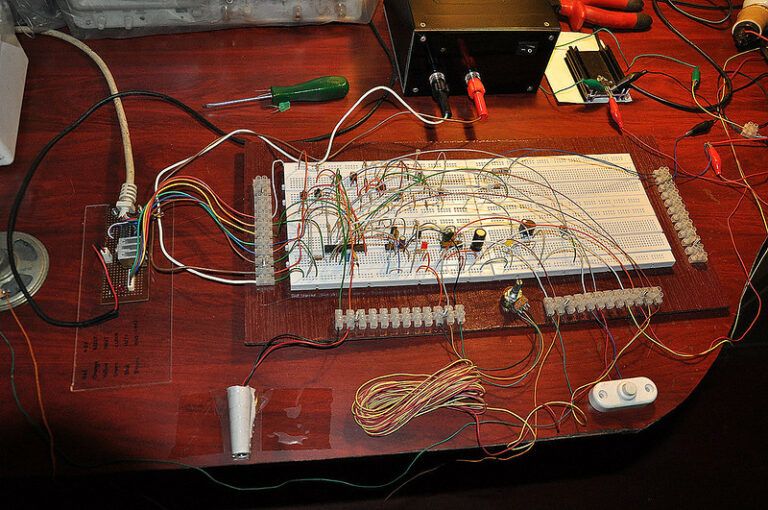How to Read Schematics and Circuit Diagrams
Introduction
In this comprehensive guide, we will be discussing how to read schematics and circuit diagrams. We aim to provide our readers with in-depth knowledge and details that can help them understand these diagrams better.
Understanding Schematics and Circuit Diagrams
Schematics and circuit diagrams are used to represent electrical circuits in a way that is easy to understand. They are used by engineers, technicians, and electricians to design, build, and troubleshoot electronic devices. Schematics use symbols to represent components such as resistors, capacitors, and transistors, while circuit diagrams use lines to connect the components and show the flow of electricity.

Schematic Diagram Symbols
Reading Schematics and Circuit Diagrams
Reading schematics and circuit diagrams can be daunting for those who are not familiar with them. However, with a little practice, anyone can learn to read them. The first step is to understand the symbols used in the diagrams. Symbols are used to represent components, such as resistors and capacitors, and functions, such as amplification and oscillation.
Components such as resistors are represented by a rectangular shape with two leads. The resistance value is usually shown next to the symbol. Capacitors are represented by a curved line with two leads. The capacitance value is usually shown next to the symbol.
Functions such as amplification are represented by a triangle pointing towards the right with a circle on the tip. Oscillation is represented by a wavy line. These are just a few examples of the symbols used in schematics and circuit diagrams.
Once you understand the symbols, the next step is to understand how the components are connected. In circuit diagrams, lines are used to connect the components. A solid line represents a wire that is directly connected, while a dashed line represents a wire that is not directly connected but is still part of the circuit.
Circuit diagrams also use arrows to indicate the direction of the current flow. The direction of the arrow shows the direction in which the current flows. This is important when troubleshooting a circuit as it can help identify any faults or issues.
Tips for Reading Schematics and Circuit Diagrams
Reading schematics and circuit diagrams can be overwhelming, especially for beginners. Here are some tips that can help make the process easier:
- Start with the basics – Learn the symbols and how they represent components and functions.
- Follow the current flow – Understand how the components are connected and the direction of the current flow.
- Use colour coding – Color coding can help make the diagram easier to read and understand.
- Use labels – Labels can help identify components and functions and make the diagram easier to follow.
- Practice, practice, practice – The more you practice, the easier it becomes to read schematics and circuit diagrams.
Conclusion
Schematics and circuit diagrams are an essential part of electronics and electrical engineering. They are used to design, build, and troubleshoot electronic devices. Learning to read schematics and circuit diagrams can be daunting, but with practice, anyone can master it. By following the tips we have provided, you can make the process easier and become proficient at reading schematics and circuit diagrams.







